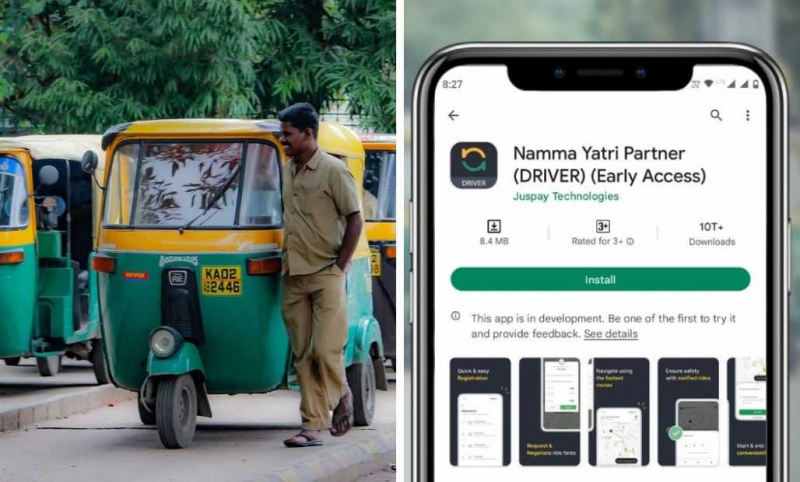Challenges in the Ahmedabad Mumbai bullet train project
Route Design: The biggest challenges in route design include land acquisition. The detailed alignment choice on the ground will have to be dealt with the acquis
- by Vandita Jadeja 2017-09-15 10:29:38
The ground breaking construction of the first bullet train between Ahmedabad and Mumbai is a huge milestone for India. The Prime Minister of India, Narendra Modi and the Prime Minister of Japan, Shinzo Abe laid the stone for its construction. This signifies a major infrastructure leap for the development of India as well as the collaboration between two nations. The 534 km high speed rail project will operate trains with an average speed of 200-250 kmph. It will change the inter urban connectivity and establish India as a market for such technologies. Japan, the leader in innovative technology is providing a loan which will cover 80% of the project cost at a 0.5% interest with a 15 year moratorium and a 35 year payback period. While it is of great value to have both, financial and technological support, there are multiple challenges that need to be addressed.
Route Design: The biggest challenges in route design include land acquisition. The detailed alignment choice on the ground will have to be dealt with the acquisition of land across different states versus providing access to the population on the corridor. It would lead to pulling down residential areas as well. Further, the location of centers should be near existing railway stations or in the periphery of an urban node. This is a tradeoff between providing access and connectivity versus costs due to land. Being in the periphery of an urban node will help reduce costs and also generate urban growth around the station. The location of the terminal station in Mumbai is still under controversy. The Maharashtra government is not willing to give land in the major commercial growth node requested. Instead, it is suggesting that the station be located in the land that already belongs to the railways.
Another challenge is the number of stations. There is a demand for more stations but it will also increase the catchment and reduce the average speed. Either the train could stop at all stations or only at major cities.
Evacuation facilitation: In order to increase the catchment and propensity to travel, every station will need to have faster means of evacuation. Efficient bus services and accessible parking lots should be provided. Where passengers move to other trains, the transfer should be seamless.
Land acquisition: This is the most critical issues. The alignment would veer away from the existing railway land. This challenge can best be addressed by the line going over the ground where the acquisition will be limited. The designs have been developed in such a manner so as to minimize the footprint.
Human resource development: Indian engineers and managers need to be trained for design, construction and operations that are suitable for high speed rail. It will also be important to train the Japanese senior management who will spend considerable time in India to oversee the activity. As a part of the project, a large training center is being set up. The engineers will have to adapt to new technology and learn about the operations of the same.
Future expansion: It will be ideal to have a layout on the future expansion of the line. Once this line is established, there will be an increased demand for expansion. Such visioning will also bring in greater support from the government of different states.
All in all, this line will benefit the nation as a whole. In terms of advanced technology, infrastructure and the creation of employment across the nation.
POPULAR POSTS
Indian Railways plans to use technology to solve the biggest issues passengers face
by B2B Desk, 2024-04-16 07:31:13
Florida Passes Law Banning Social Media for Minors Under 14
by B2B Desk, 2024-03-26 08:56:42
Nvidia launches AI-powered playground for building the future of 6G
by B2B Desk, 2024-03-19 10:13:02
Apple in talks with Google for using Gemini to bring generative AI features to iPhones
by B2B Desk, 2024-03-18 08:28:31
Paytm gets a third-party license from NPCI. What does this mean for you?
by B2B Desk, 2024-03-15 06:54:59
TikTok ban in US: What House Bill says? Impact on users | Explainer
by B2B Desk, 2024-03-14 09:49:07
Facebook, YouTube to Face New Rules Under Canada Online Law
by B2B Desk, 2024-02-27 07:09:53
RECENTLY PUBLISHED

Nestle's potential regulatory trouble in India over sugar issue; brand clarifies
- by B2B Desk, 2024-04-19 08:53:55

"Ola, Uber challenger Namma Yatri is in discussions to raise $10-15 million in its debut funding round."
- by B2B Desk, 2024-04-18 09:31:53

Beginner's Guide: Getting Started with Stock Market Investing, Step by Step
- by B2B Desk, 2024-04-18 07:36:20





 Subscribe now
Subscribe now 